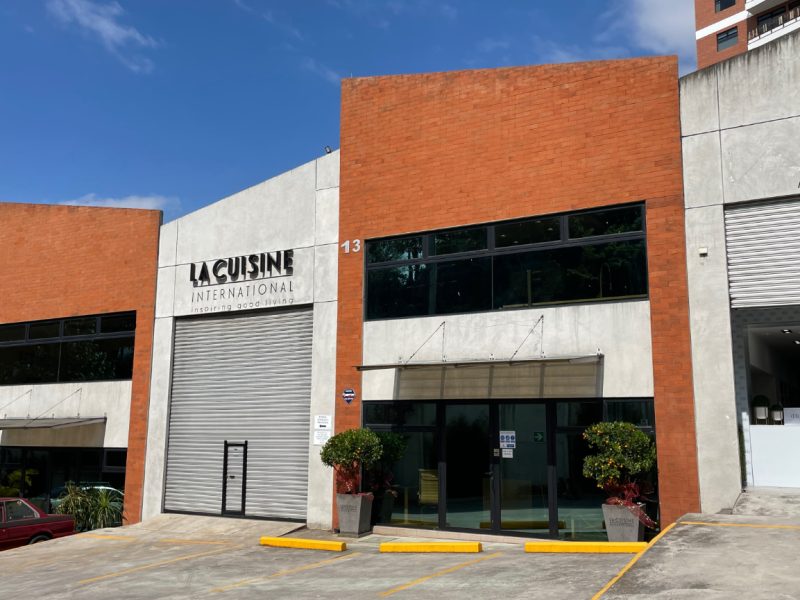
Our Company
Locations
Contact Us
Newsletter
Sign up to receive email updates on the latest products, collections and campaigns.
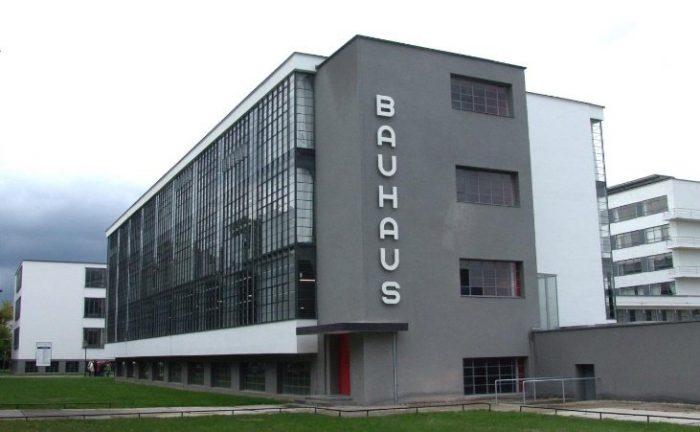
Talking about modern architecture is talking about the Bauhaus school. Founded in 1929 in the city of Weimar, Germany, by architect Walter Groppius, the Staatliche Bauhaus, or State House of Construction, had the mission of going back to the artisanal concept of construction and to the unification of the arts, establishing a milestone in architecture.
With this motto, Bauhaus became the first design school in the world, revolutionizing architecture by linking aesthetics, simplicity, and utility. The Groppius study system consisted in a course named Vorkus, which involved several artistic disciplines, followed by workshops, and finally a continuing education course. The Bauhaus philosophy was steering away from a mechanistic point of view and leaning towards unique works of art with utilitarian design.

Growth under pressure
The Bauhaus school was developed in a very convoluted time in Europe. The Nazi movement in Germany generated many political pressures on the school, making it progressively shift both from directors and increasingly industrial-oriented headquarters, until it finally closed in 1933.
During its time of splendor, the Bauhaus architecture school designed its works according to their function. Their shapes were not traditional because they were oriented to satisfy the needs of the activity that was to be carried out within them. Under the tutelage of this German architectural school, the materials are given prominence, showcasing them and taking advantage of them. In this sense, it is common to observe iron beams exposed in the construction and forming part of its aesthetics.
One of the innovations that the Bauhaus introduced was the use of floor-to-ceiling glass, taking advantage of natural light. As for the colors, the neutral and clear predominate in contrast to the window frames in dark colors to highlight the use of metal. The smooth surface walls, simple lines, the use of reinforced concrete and cement; characterize these types of works, which are defined conceptually by their deep social sense.

Art without time
The influence of the Bauhaus school is not limited to architecture, it can be said that all the visual arts were touched by it, such as typography, for which the school created a style with simple and elegant lines.
The impact of this artistic movement can be measured by its survival over time; an interesting example of this is “The White City” of Tel Aviv, which was listed by Unesco as a World Heritage Site in 2006.

Sign up to receive email updates on the latest products, collections and campaigns.
Carrera 9 Nº80-45
Bogotá D.C., Colombia
Monday to Friday: 11:00 a.m. - 07:00 p.m.
Saturday: 11:00 a.m. - 06:00 p.m.
(+571) 432.7408/7493
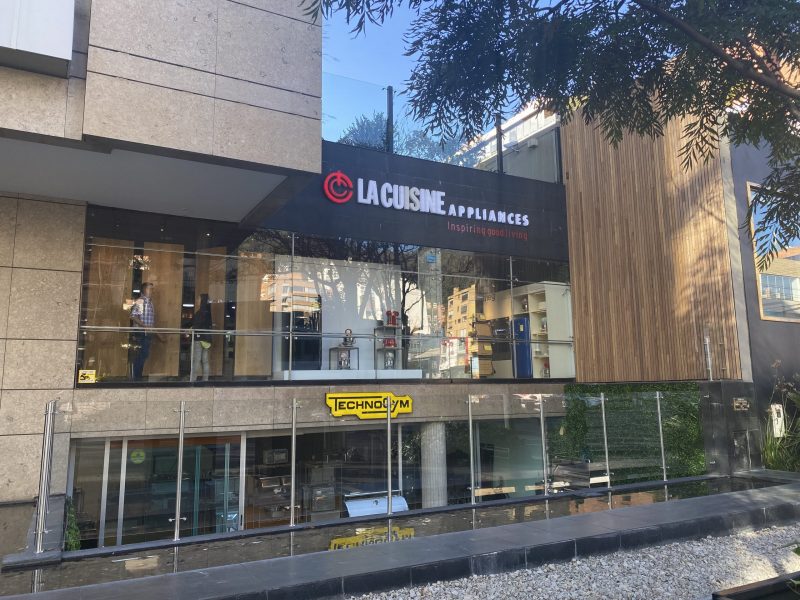
Calle 77 #72-37
Barranquilla, Colombia
Monday to Friday: 08:00 a.m. - 06:00 p.m.
Saturday: 09:00 a.m. - 01:00 p.m.
(+57) 605 352 0851
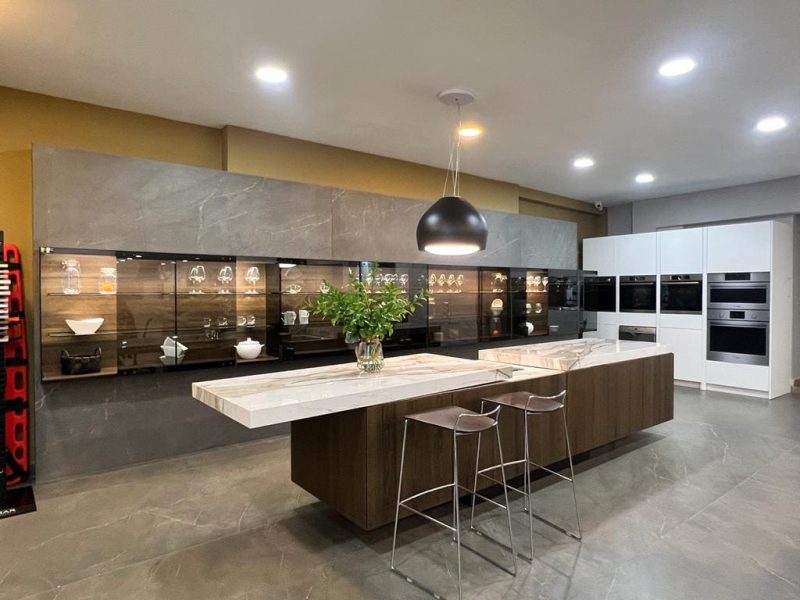
Edificio La Cuisine
Costado Suroeste, C.C. La Paco
Escazú, Costa Rica
Monday to Friday: 09:00 a.m. - 05:00 p.m.
Saturday: 10:00 a.m. - 04:00 p.m.
(+506) 4000.3555
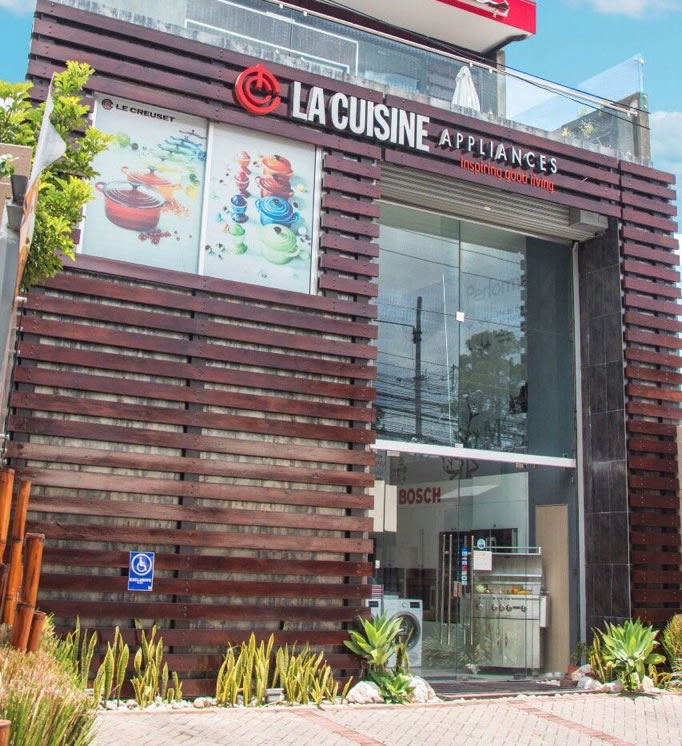
Galerías de Puntacana No. 51
Punta Cana, La Altagracia, R.D.
Monday to Friday: 09:00 a.m. - 06:00 p.m.
Saturday: 10:00 a.m. - 01:00 p.m.
(809) 378.9999
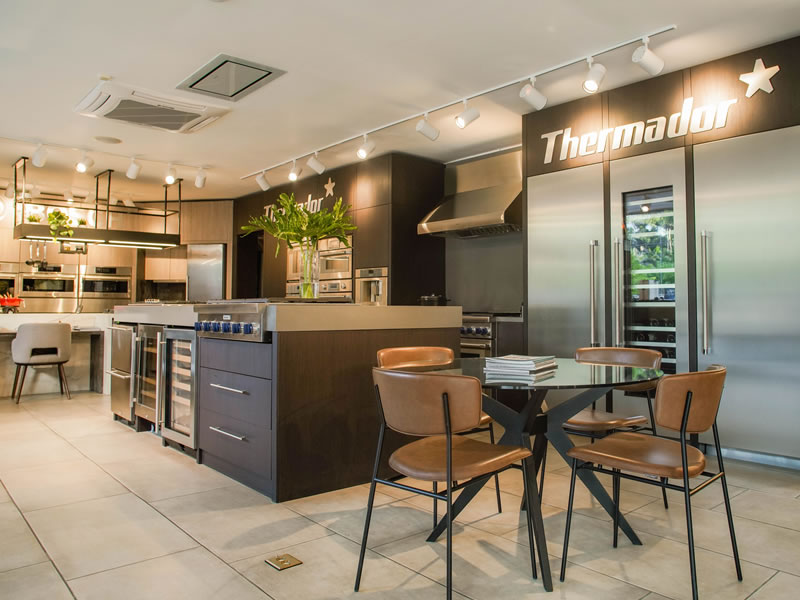
C/Rafael Augusto Sánchez No.22,
Piantini, Santo Domingo, R.D.
Monday to Friday: 09:00 a.m. - 06:00 p.m.
Saturday: 09:00 a.m. - 01:00 p.m.
(809) 378.9999
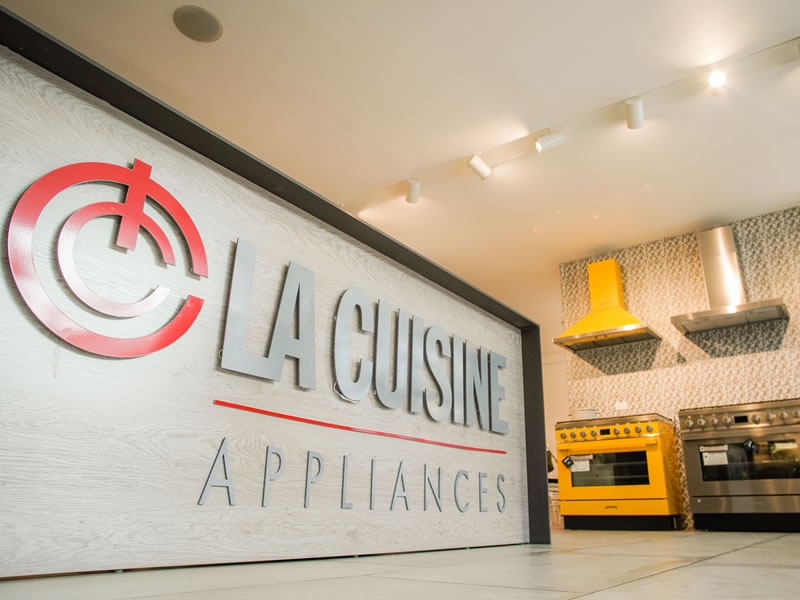
18187 Biscayne Bvld., Aventura
FL 33160
Monday to Friday: 10:00 a.m. - 06:00 p.m.
Saturdays by appointment.
(786) 322 5432
www.lacuisineappliances.com
sales@lacuisineappliances.com

3232 Coral Way,
Miami FL 33145
Monday to Friday: 10:00 a.m. - 06:00 p.m.
Saturday: 10:00 a.m. - 03:00 p.m
(305) 442-9006
www.lacuisineappliances.com
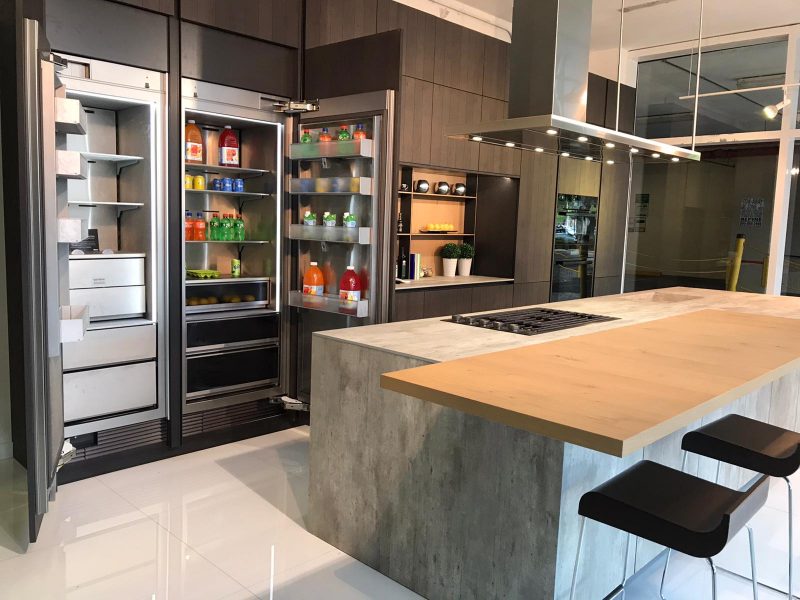
2005 NW 115th Avenue
Miami, FL 33172
Monday to Friday: 09:00 a.m. - 05:30 p.m.
Saturday: Closed
(+1) 305 418.0010
info@lacuisineinternational.com
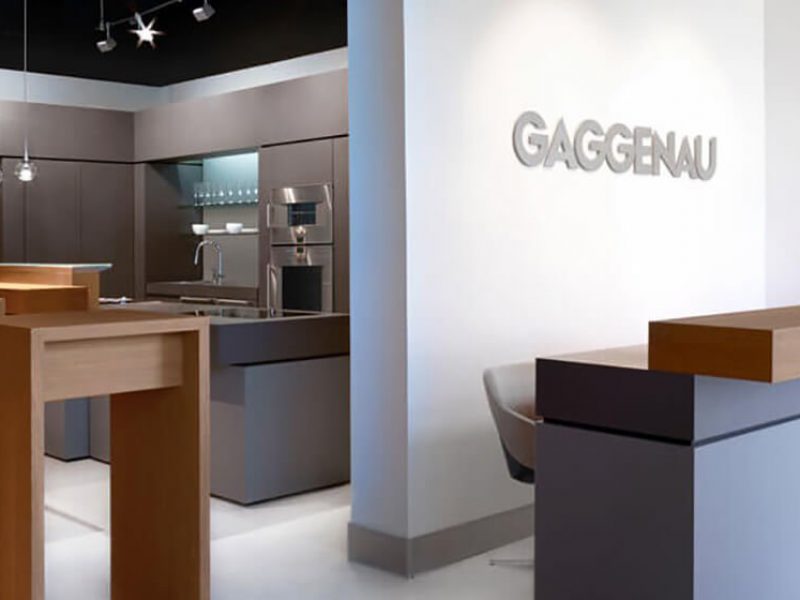
Obarrio. Av. Samuel Lewis,
Addison House Plaza,
Local No.11, Panamá
Monday to Friday: 09:00 a.m. - 06:00 p.m.
Saturday: 10:00 a.m. - 04:00 p.m.
(+507) 265.2546/2547

Av. Caminos del Inca 1603,
Santiago de Surco, Perú
Monday to Friday: 10:00 a.m. – 07:00 p.m.
Saturday: 10:00 a.m. – 01:00 p.m.
(+511) 637.7087

Centro Comercial San Ignacio, Nivel C, local No.5
Caracas, Venezuela
Monday to Saturday: 10:00 a.m. – 07:00 p.m.
(+58) 212 264.5252
(+58) 414 018.5352 (Wholesale)
ventas@lacuisineappliances.com
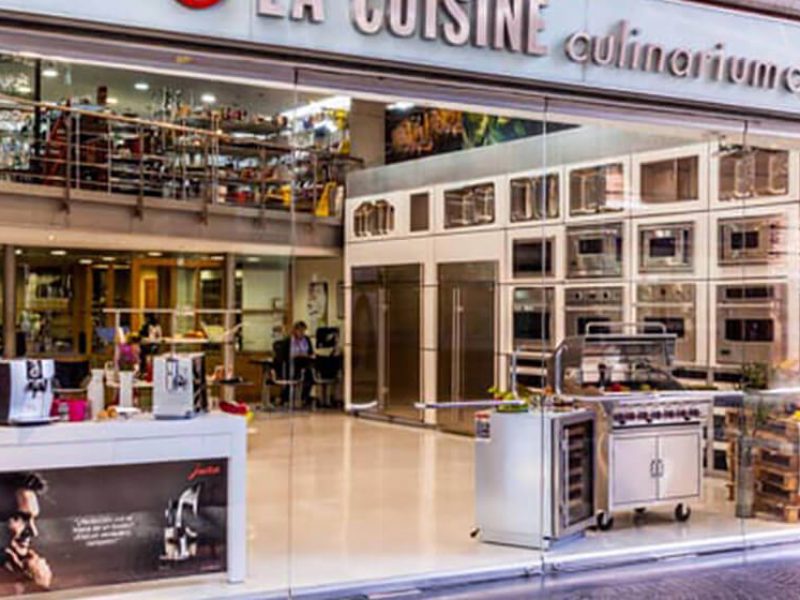
Complejo Pradera Ofibodegas No.13,
20 calle final Z. 10 Km. 6.8 Carretera a Muxbal,
Santa Catarina Pínula, Guatemala
Monday to Friday: 08:00 a.m. - 05:30 p.m.
Saturday: 09:00 a.m. - 12:30 p.m.
(+502) 6671-3400
